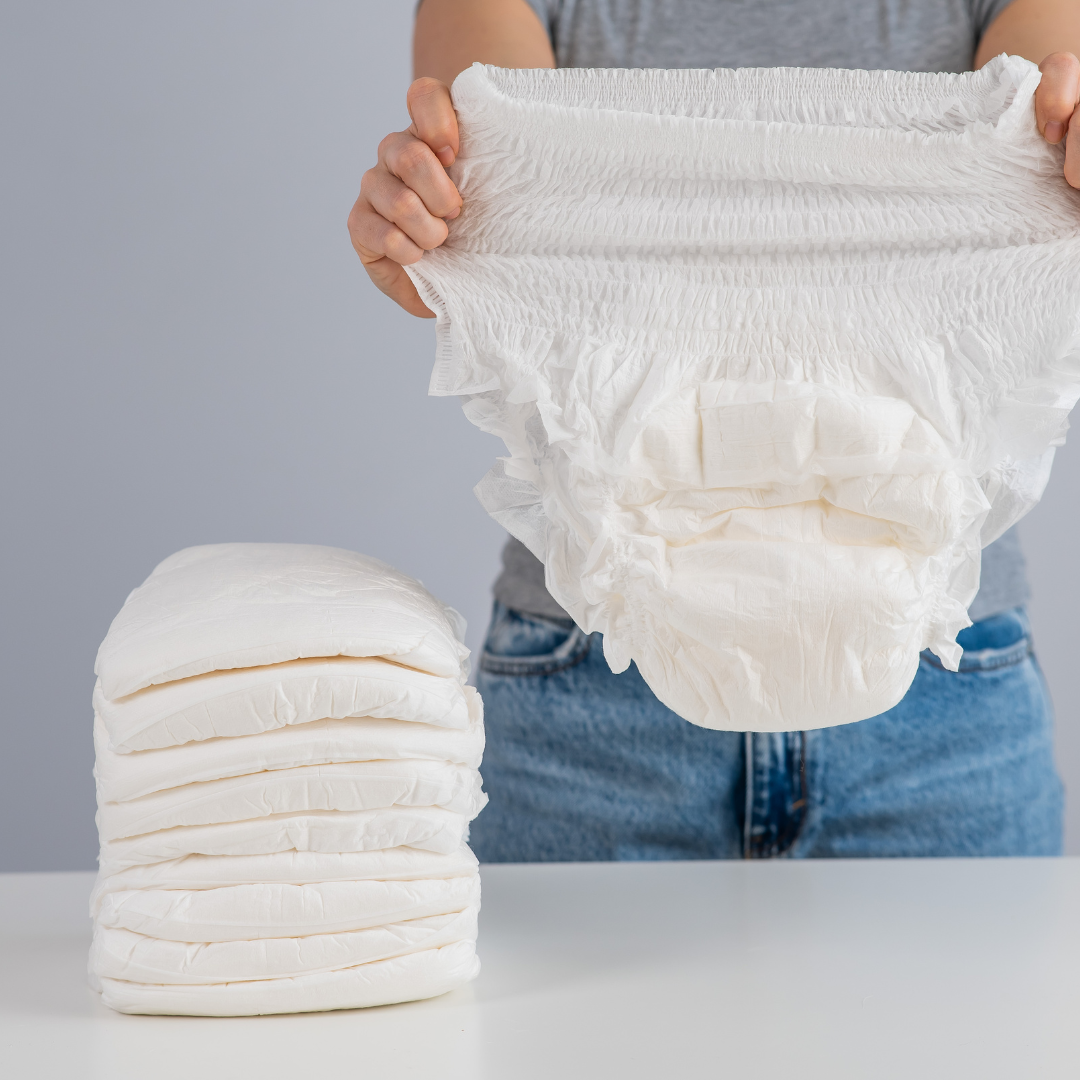Incontinence: The Last Medical Taboo
Let’s get some Definitions:
According to The Canadian Continence Foundation FAQ page Urinary incontinence (UI) is “an involuntary loss or leakage of urine”. In simpler terms, whether a little or a lot, you pee when you don’t want to. This issue is so common that it’s subdivided even farther. ‘Urge’ urinary incontinence occurs with or after a sense of bladder urgency. Whereas, ‘Stress’ Urinary incontinence is accidental leakage “during physical activities such as coughing, laughing, lifting or exercising.”
You are Not Alone:
We all know about post pregnancy and elderly incontinence issues but even in those cases it’s not something that is spoken about. Like the title of this article suggests, most find it embarrassing to admit to others. The concern is that this embarrassment prevents you from seeking help and restricts you from your living life in a satisfying way. I think it's important to understand how common UI is, in order to realize that you are not alone.
Again according to The Canadian Continence Foundation FAQ, the World Health Organization (WHO) estimates that up to 1 in 3 women suffer from some level of UI globally. And Canada has somewhat similar rates with 33% of women over 40 experiencing symptoms. But it’s not a female only issue, as 16% of men over 40 also have UI concerns. Overall, about 3.3 million Canadians have issues with UI. That’s 10% of our population. Trust me when I say you are not alone.
Here is the saddening statistic though; of those over 40 years of age with self reported UI concerns only 26% have consulted a doctor regarding their concerns. That means that 3 out of 4 people are likely being held back on some aspect of their life due to UI troubles. And according to The Canadian Continence Foundation “almost all cases of urinary incontinence can be treated, managed or cured.”
The First Step is Always the Hardest
Obviously, a great first step is to speak with your family physician or another healthcare professional such as a pelvic floor physiotherapist. I understand, if that is a bit of a big step at the moment, the website that I am referencing for this article - The Canadian Continence Foundation - is a great resource for information and direction of how to manage UI issues.
Now let’s get things figured out
After consulting a healthcare professional, there are several avenues that can be taken to manage UI. I am going to list a few briefly, but I want to be sure to note that each option has pros and cons to consider and will greatly depend on the underlying causes of your urinary incontinence.
Surgical options: These include creating or implanting a sling to support the urinary anatomy, implanting an artificial sphincter, and implanting an inflatable insert
Therapy options: These include pelvic floor physiotherapy (exercise and tissue release), biofeedback muscle training, electrical muscle stimulation, and kegel exercises
Lifestyle Changes: These include reducing fluid intake, decreasing leak inducing physical exertion, weight loss, and quitting smoking
Medical Products: These include wearing absorbent pads or underwear, or using catheters.
As always be sure to discuss any treatment options with a certified healthcare professional for your own safety.
Shameless Plug
At Capital Medical Supply, we have a wide variety of incontinence products including pads, briefs and adult diapers. We also carry catheters in a wide variety of brands, sizes and styles. We’re here to help.
Once again, The Canadian Continence Foundation was used as a reference for the information in this article.

